With 90 different varieties, lilies are one of the most popular household flowers. We adorn our tables with beautiful day lilies for Easter, and trumpet lilies bring bursts of color to outdoor gardens.They’re gorgeous to look at, but these stunning blooms pose a serious risk to all cats.
From the pretty petals to the leaves and stem, every part of a lily is poisonous to cats. Ingesting this flower often leads to kidney failure, and in severe cases, death. As we prepare for spring, it’s your job to do your homework and protect your cat from lily poisoning.
Are All Lilies Dangerous?
According to Pet Health Network, the most dangerous lilies for cats are “true lilies” of the Lilium or Hemerocallis species. These include, but are not limited to:
- Day lilies
- Tiger lilies
- Easter lilies
- Stargazer lilies
- Wood lilies
- Western lilies
- Japanese show lilies
All of these flowers are commonly found in bouquets and flower gardens. If a curious cat decides to nibble on a leaf or even drink water from a vase, they could end up with severe kidney failure.
Science has yet to identify the exact toxin that makes these flowers dangerous for cats, but health effects typically occur 24-72 hours after ingestion.
Besides true lilies, there is also a group of flowers referred to as “benign lilies.” These include Peace and Peruvian lilies. These types are not as dangerous as true lilies, but they still cause adverse health effects. Ingesting a benign lily can cause irritation to the mouth, tongue, and esophagus along with vomiting and difficulty breathing.
Signs of Lily Poisoning in Cats
Fast action is the key to saving a cat exposed to lily toxicity. It might be a full day before you notice symptoms, and at that point, your cat’s kidneys could be seriously damaged. It’s important to act immediately if you even suspect your cat has chewed on, swallowed, or licked the pollen of a lily.
Watch out for these symptoms:
- Vomiting
- Drooling
- Loss of appetite
- Excessive or decreased thirst
- Excessive or decreased urination
- Lethargy
- Pain in the abdomen
What To Do
If you find a nibbled-up leaf or a knocked-over vase, it’s best to assume that your cat has been exposed to a poison.
The first thing to do is call an emergency vet. If your cat has not already thrown up, ask if you should induce vomiting.
You can also call the Pet Poison Hotline at 855-213-6680.
Most vets will recommend you bring your cat to an ER clinic right away. The sooner they receive treatment, the better their chances are for survival.
A vet will give your cat high volumes of fluids along with activated charcoal to absorb toxins in the gut. Their goal will be to prevent dehydration and kidney failure. Most cats need to stay at the hospital for observation for at least 24 hours. During that time, vets will monitor their kidney levels and urine output.
A cat’s chance of survival will ultimately depend on their overall health, age, and size. Young kittens are most at risk, and a single lick could potentially cause complete and fatal kidney failure.
How to Prevent Lily Poisoning
The best way to protect your cat is to keep all lilies out of the house. It doesn’t matter if they’re growing in a pot or cut flowers in a bouquet, they’re all dangerous. And because cats are masters at climbing, it’s almost impossible to keep flowers out of their reach.
If you have outside cats, you also need to be aware of any poisonous plants in a garden or flower bed. Cats are less likely to chew on these, but there’s still a risk. Consider putting up a fence to help keep cats away from dangerous plants.


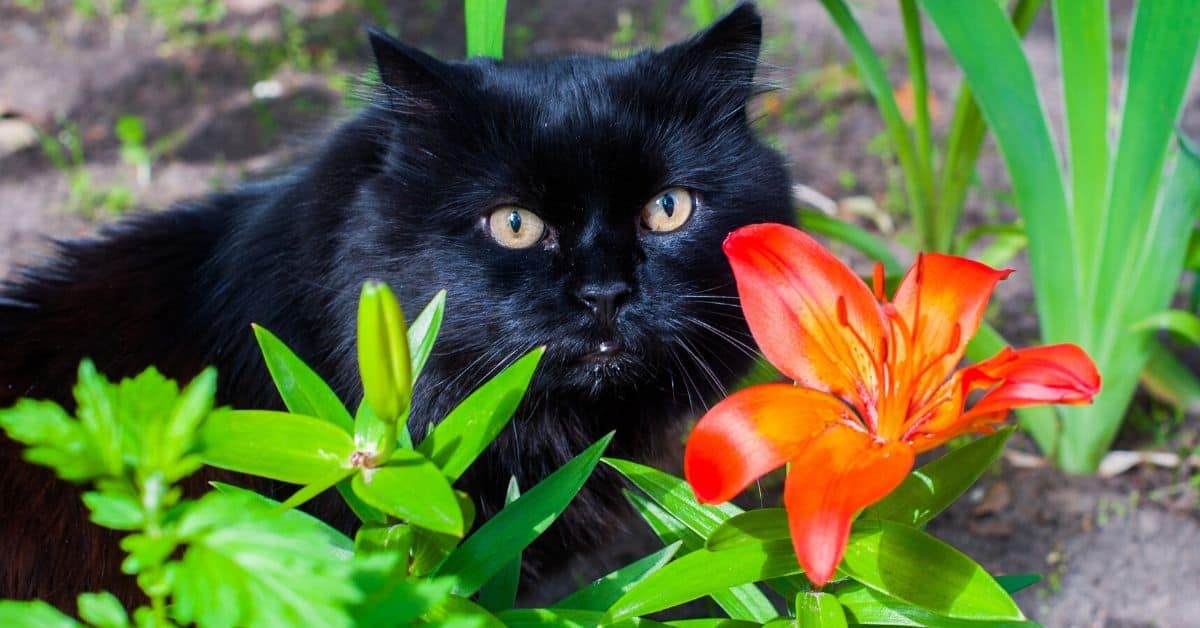


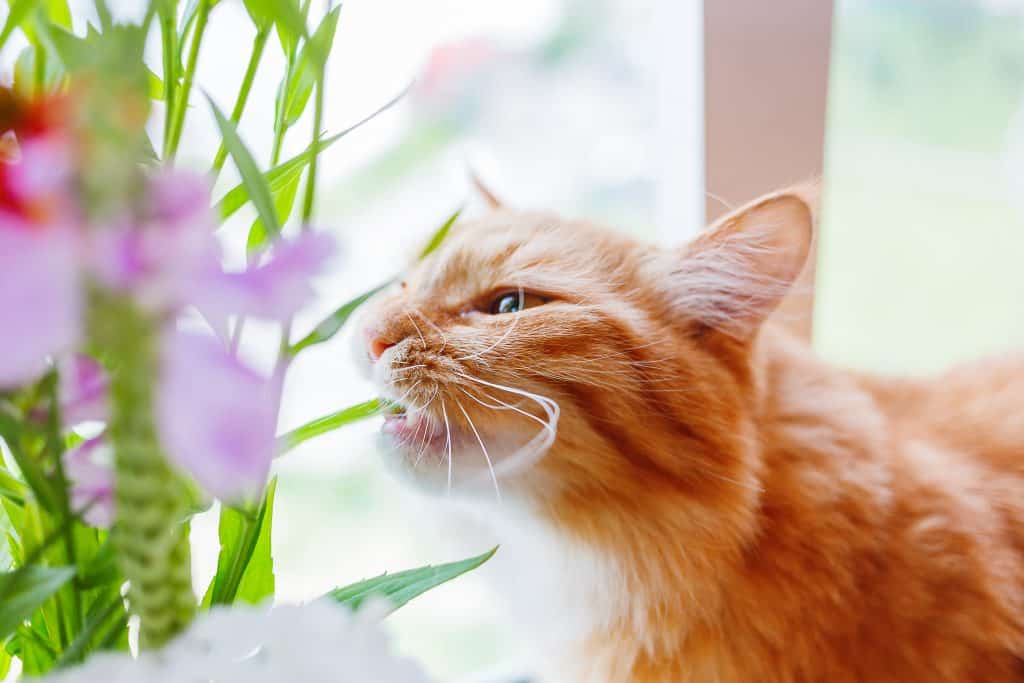



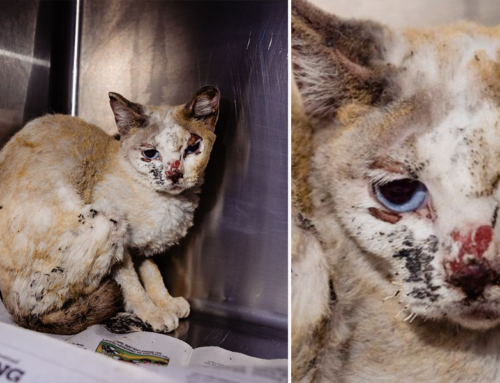

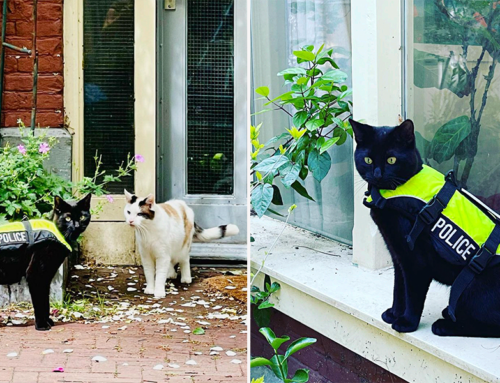


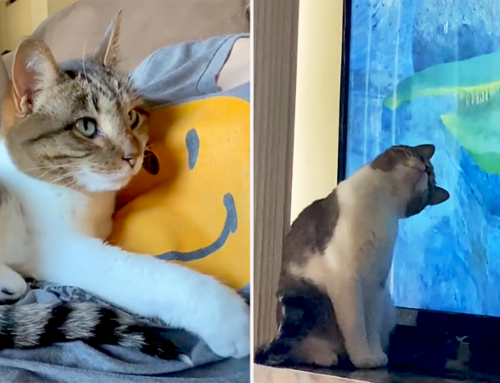

Leave A Comment